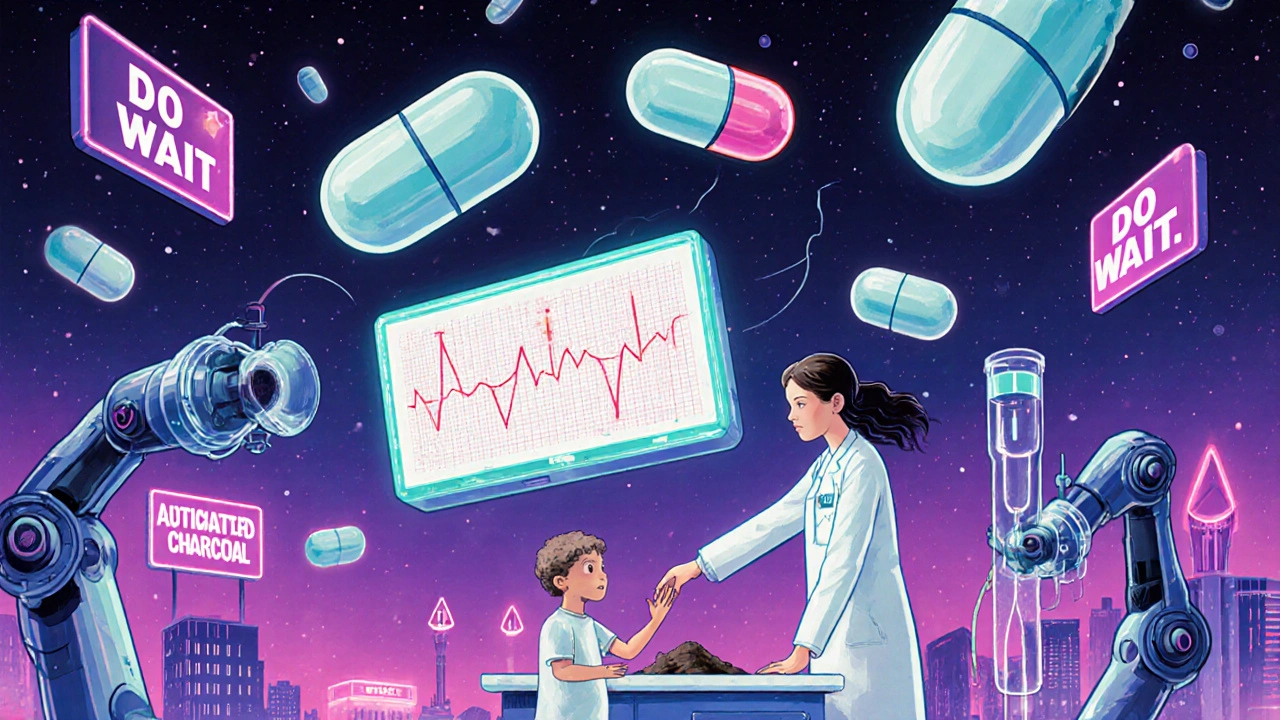Atomoxetine Side Effects: What You Need to Know Before Taking It
When you start taking atomoxetine, a non-stimulant medication approved for treating ADHD in children and adults. Also known by its brand name Strattera, it works differently than stimulants like Adderall or Ritalin—targeting norepinephrine in the brain to improve focus and reduce impulsivity. But unlike stimulants, atomoxetine doesn’t give you that quick boost. It builds up slowly over weeks, and that slow start means side effects can sneak up on you if you’re not watching.
Common side effects include dry mouth, nausea, decreased appetite, and trouble sleeping. Some people feel dizzy or tired, especially in the first few weeks. These usually fade as your body adjusts, but not always. A smaller group reports more serious issues like increased heart rate, mood swings, or even thoughts of self-harm—especially in teens and young adults. That’s why doctors monitor you closely early on. If you’ve had liver problems, heart conditions, or a history of glaucoma, atomoxetine might not be the best fit. It’s also not for everyone who’s tried stimulants and had bad reactions; it’s a different tool, with its own risks.
What’s interesting is how atomoxetine compares to other ADHD meds. While stimulants can cause jitteriness or appetite loss fast, atomoxetine’s side effects are often quieter but longer-lasting. You might not feel like you’re "on" medication, but your body is still reacting. Some users report emotional blunting—feeling less happy or sad than usual—which can be confusing if you expected a mood lift. And unlike stimulants, atomoxetine isn’t a controlled substance, so it’s easier to refill—but that doesn’t mean it’s harmless.
There’s also the question of who benefits most. Kids and adults respond differently. Teens sometimes report more stomach upset, while adults often struggle with fatigue or sexual side effects. And if you’re on other meds—like antidepressants or blood pressure drugs—atomoxetine can interact in ways your pharmacist might not flag unless you ask. It’s not just about the pill. It’s about your lifestyle, your sleep, your diet, and what else you’re taking.
Below, you’ll find real user experiences, comparisons with other ADHD treatments, and clear advice on spotting warning signs early. No fluff. Just what matters when you’re trying to decide if atomoxetine is right for you—or if you’re already taking it and wondering why you don’t feel like yourself.
 31 October 2025
31 October 2025
Atomoxetine Overdose: What to Watch For and How It’s Treated
Atomoxetine overdose can be life-threatening with symptoms like rapid heartbeat, high blood pressure, and seizures. Learn the warning signs, emergency steps, and how doctors treat it to stay safe.
Latest Posts
-

Depakote: Uses, Side Effects, and Essential Information for Patients
-

Felix Weight Loss Program Honest Review: Pricing, Medications & User Experience in 2025
-

Alfacalcidol and Skin Health: What You Need to Know
-

Stereospermum Plant Guide: Uses, Health Benefits, and Growing Tips
-

The Impact of Diabetes Type 2 on Bone Health: Preventing Osteoporosis

9